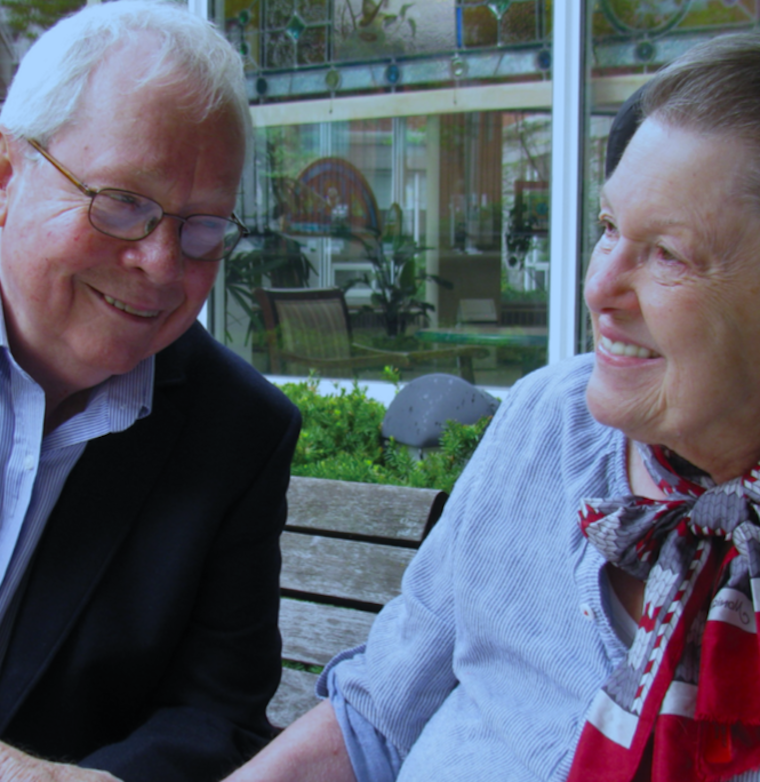Sitting outside St. Lawrence Market, sipping a coffee, David Crombie is in his element. This is his neighbourhood, after all - one he fought to save during his tenure as one of Toronto’s most popular and effective mayors.
Crombie is responsible for much of what we now love about Toronto, fighting to protect neighbourhoods like Cabbagetown, establishing a new downtown plan and building affordable communities like St. Lawrence. His success led him to federal politics and a position as chancellor of Ryerson, and in recognition, he’s received the Order of Canada. Even at 80, he continues to be highly influential in politics.
When he’s not working on the Ontario greenbelt or urban planning recommendations for the Golden Horseshoe, he spends much of his time in two of those Toronto neighbourhoods he fought so hard to protect - in St. Lawrence Market, where he now lives, and in Kensington Market, where his wife, Shirley, lives at Kensington Gardens.
They’ve spent a lifetime together after meeting in grade 10 in a Toronto high school, sharing the same group of friends to this day. Those friends helped him through Shirley’s diagnosis of Alzheimer’s seven years ago, and her transition to needing home care, and then to moving into Kensington. One friend who also had a spouse with Alzheimer’s shared a story with him shortly after Shirley moved into Kensington: “She visited her husband every day,” he explains. “One day, he leaned forward and said to her, ‘I don’t know who you are. But I’m so happy when you visit.’ Maybe that’s the best you can expect.”
David visits Shirley regularly, and while it’s difficult, he’s happy about the care she receives. “Kensington used to be the Doctor’s Hospital, which was the only multilingual, multicultural hospital in Toronto for a long time. So it was born into a culture of care.” That legacy shows today, he says, in how attentive the staff is to even the smallest health issues, and in their kindness towards patients. “When I walk through the halls with her, everyone says hello, and she really responds to that. They call her Smiling Shirley,” he says. “I’m very grateful to this place.”
He often reflects on the historic nature of Kensington through his visits with Shirley. They regularly go for walks around the city, wandering through nearby neighbourhoods before returning to Kensington and looking at the pictures on display on the ground floor. “There’s a mural on the wall that shows them laying the tracks on Spadina and College,” he says. “It helps give Kensington texture. It’s a place of memory, and of roots.”
That connection is almost spiritual to Crombie, who believes knowing the history of the city can be profound. “People want to know that they’re part of a narrative, to connect who they are now with the way they were,” he says.
He’s now finding that applies to illness as well. “Everybody wants to make sense out of their own experience” when it comes to end of life issues, he says - an issue he sees as not dissimilar to a mid-life crisis. “Kensington gives a kind of framework for dealing with those questions: what’s your life today, how does that relate to what was, and how does that relate to what’s going to be?”
With Shirley, “we’re always trying to connect who she is today to the way it was,” he says, offering the photoshoot for this story as an example. When he told his daughters Shirley would be in the picture, he says, they both came back with the same question: “What’s she going to wear?” Shirley had always been well dressed, and very aware of the sense of occasion. Sure enough, the staff and Kensington dressed her just as she would have liked.
“She looked great.”
